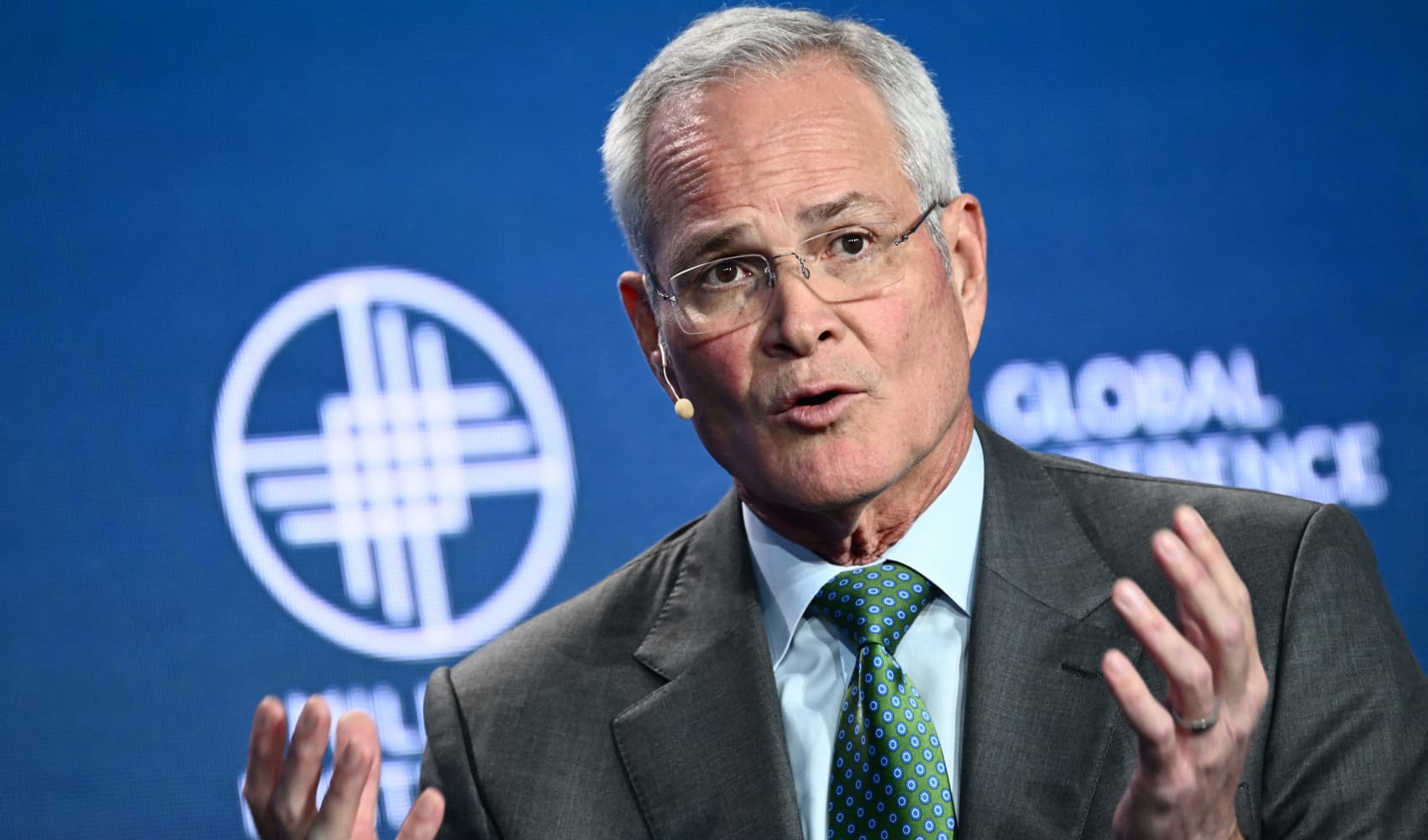
Risk-averse investors have a new option to make safer bets on Tesla.
Innovator ETFs launched the Innovator Hedged TSLA Strategy ETF (TSLH) – among other defined outcome products – last month.
According to the ETF's CEO Bruce Bond, it gives investors exposure to the stock while largely steering clear of volatility and valuation risks by design. It's a buffered ETF using a risk reversal strategy to minimize downside while also putting a cap on gains.
Get a weekly recap of the latest San Francisco Bay Area housing news. Sign up for NBC Bay Area’s Housing Deconstructed newsletter.
"You buy TSLH, hedge Tesla, you get basically 10% on the upside, and you have a 10% floor," Bond explained on CNBC's "ETF Edge" last week. "Now what a floor is – that's a max loss of 10%. If Tesla goes down 20%, you lose 10%. If it goes down 50%, you lose 10%."
Treasury bills make up about 90% of the hedged fund "to construct a potential floor against significant losses on a quarterly basis," Innovator ETFs reported in the ETF launch news release. "A call option spread on TSLA using FLEX options" makes up the remainder of the fund's portfolio.
"The projected upside cap for the balance of the current calendar quarter (through September) is 8.70%," the company also said.
Money Report
Its floor resets each calendar quarter but will never surpass 10%, Bond explained to CNBC, noting the ETF's floor rested at 9.23% when it launched.
The Innovator Hedged TSLA Strategy ETF is up 5% since its launch on July 26. Meanwhile, Tesla shares are up 12% in the same time period.
It's not the first time Bond's company launched an ETF using this risk reversal strategy.
Innovator ETFs started the Innovator Defined Wealth Shield ETF (BALT) last year that focusing the S&P 500 index.
But the strategy is under fire by the U.S. Securities and Exchange Commission.
SEC Chair Gary Gensler released a statement not long after addressing risks that may stem from "complex" exchange-traded products such as leveraged or inverse ETFs, emphasizing potential issues with their short-term nature.
"These ETPs, however, can pose risks even to sophisticated investors, and can potentially create system-wide risks by operating in unanticipated ways when markets experience volatility or stress conditions," Gensler's Oct. 2021 statement said,
Gensler proposed "potential rulemaking" to help protect individual investors. However, Bond defended Innovator ETFs' products, suggesting buffers offer significant risk control value.
The SEC declined to provide a statement.
'Just because it's new does not mean it's complex'
"I think FINRA [Financial Industry Regulatory Authority] is starting to realize that, and the SEC is starting to realize that," he said. "Just because it's new does not mean it's complex."
Bond thinks the defined wealth shield ETF could be enticing to investors looking to stay out of bonds. It implements options strategy, selling calls on the top end and placing put spreads at the bottom.
"They know rates are going up," he said. "They're pretty sure they're going to lose money. They would rather link their low-risk money to the equity market with a 20% buffer against losses."
Upside in the past year was rare because of market volatility, Bond added.
The ETF is up 0.7% since its launch on July 1, 2021.






